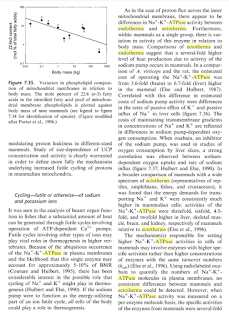Medzhitov - 'What is a disease?'
Dr Ruslan Medzhitov presented 'What is a disease' at the inaugural meeting of the International Society for Evolution, Medicine and Public Health held March 19-21, 2015. Interesting perspective on the causes of type 2 diabetes and diseases of aging. 9:13 Robustness, resilience and vulnerability 15:45 Anna Karenina Principle in Life History Theory - only one way an environment can be perfect and many ways it can be hostile 16:00 Homeostasis - Maintenance - Defense 17:58 taking out the garbage is not part of homeostasis, it's a function of maintenance 20:24 Extrinsic and Intrinsic Mortality - investment in maintenance programs is dictated by extrinsic mortality rates 32:00 systems that have adjustable set points are vulnerable to dysregulation example: insulin signalling pathway - change in glucose allocation to fetus in pregnancy or to immune system in infection "That built-in property to change the set point of the insulin system also makes it vulnerab

